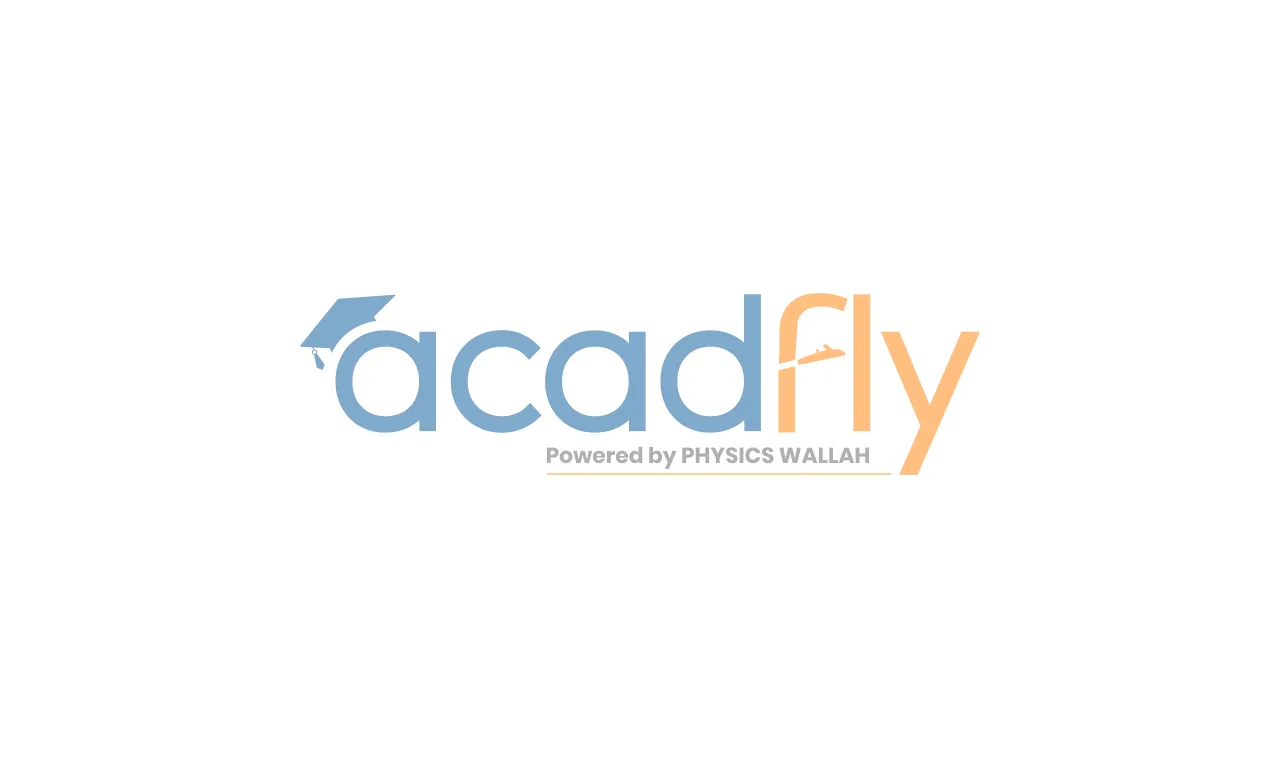
Politecnico di Milano is synonymous with excellence in engineering, architecture, and design education. Situated in the bustling city of Milan, this institution is not just Italy's premier technical university but also one of the top-ranking technical universities in Europe. Renowned for its cutting-edge research, innovative teaching methods, and strong industry collaborations, Politecnico di Milano has become a dream destination for students worldwide.
Why Choose Politecnico di Milano?
Choosing the right university is crucial for your academic and professional journey. Politecnico di Milano stands out for its cutting-edge programs and world-class reputation.
1. Academic Reputation
Politecnico di Milano has a legacy of over 150 years of academic excellence. It is globally recognized for its rigorous curriculum, experienced faculty, and advanced research facilities. The university fosters innovation by combining theory and practice, making its graduates industry-ready. The diverse range of disciplines ensures that students can specialize in their area of interest while benefiting from interdisciplinary exposure.
2. Global Rankings
Politecnico di Milano consistently earns top positions in international rankings:
-
QS World Rankings: Politecnico ranks among the top 20 globally for engineering and technology.
-
Design Discipline: The university is ranked 8th worldwide for its design programs.
-
Architecture: Ranked in the top 15 globally for architecture and urban planning.
These rankings reflect the university's commitment to maintaining academic excellence and meeting global standards.
3. Research Excellence
The university conducts groundbreaking research in areas such as:
-
Nanotechnology and material science: Advancing innovations in electronics and construction.
-
Artificial intelligence and machine learning: Solving real-world problems with AI.
-
Sustainable development: Projects include smart cities, renewable energy, and water conservation.
Students are encouraged to participate in research projects, providing them with practical experience and exposure to real-world challenges.
4. Strategic Location in Milan
Milan, Italy's financial and industrial capital, offers unmatched opportunities for students. The city is home to multinational companies, innovative startups, and world-renowned design houses. Students can network with industry professionals, attend global expos, and participate in cultural events. Additionally, Milan’s connectivity to Europe allows students to explore neighboring countries and expand their horizons.
5. Diverse International Community
Politecnico di Milano attracts a diverse student body, with over 25% of its students from outside Italy. The university offers English-taught programs, cultural exchange events, and language learning opportunities, making it an ideal environment for international students. This multicultural atmosphere enriches the academic experience and fosters global networking.
6. Career Opportunities
Graduates from Politecnico di Milano are highly sought after by leading global companies such as Ferrari, Google, and Siemens. The university’s dedicated career services organize career fairs, workshops, and one-on-one mentoring sessions to prepare students for their professional journey. Additionally, its alumni network spans industries worldwide, providing valuable connections for job placements and collaborations.
Features of Leading Technical Universities in Europe
1. Strong Academic Reputation
Technical universities in Europe rank consistently high in global university rankings for their excellence in engineering, technology, and research output.
2. State-of-the-Art Facilities
These universities are equipped with advanced laboratories, research centers, and industry-standard equipment, enabling students to gain hands-on experience.
3. International Collaborations
European technical universities have strong ties with global institutions, offering dual-degree programs, exchange opportunities, and multinational research projects.
4. Innovation and Start-Up Support
Many of these institutions have innovation hubs and incubators to support entrepreneurial ventures and technology start-ups, fostering an ecosystem of innovation.
Top Technical Universities Europe
Here is a table showcasing the leading technical universities in Europe, their locations, and their key areas of expertise:
|
University Name |
Country |
Specializations |
Global Ranking (2023) |
|
Politecnico di Milano |
Italy |
Engineering, Design, Architecture |
Top 20 (QS Engineering) |
|
ETH Zurich |
Switzerland |
Computer Science, Robotics, Sustainability |
Top 10 |
|
Delft University of Technology |
Netherlands |
Aerospace, Civil Engineering, Renewable Energy |
Top 15 |
|
Technical University of Munich |
Germany |
AI, Machine Learning, Electronics |
Top 20 |
|
KTH Royal Institute of Technology |
Sweden |
Energy Systems, Environmental Engineering |
Top 25 |
|
École Polytechnique Fédérale |
Switzerland |
Advanced Physics, Biotechnology |
Top 15 |
|
University of Cambridge |
UK |
Nanotechnology, AI, Materials Science |
Top 5 |
|
Technical University of Denmark |
Denmark |
Green Technology, Smart Infrastructure |
Top 30 |
Politecnico di Milano Courses
Politecnico di Milano offers a diverse range of courses, catering to the evolving demands of industries worldwide.
1. Engineering Programs
The university’s engineering programs are globally renowned for their academic rigor and practical relevance. Popular programs include:
-
Mechanical Engineering: Focuses on advanced manufacturing, robotics, and thermodynamics.
-
Civil Engineering: Covers structural engineering, transportation, and urban development.
-
Computer Science and Engineering: Prepares students for careers in AI, cybersecurity, and data analytics.
2. Architecture and Urban Planning
Politecnico di Milano is a leader in architectural education, emphasizing sustainable and innovative design. Courses include:
-
Architectural preservation and heritage conservation.
-
Urban planning for smart and sustainable cities.
-
Landscape architecture, integrating environmental and aesthetic principles.
3. Design and Creative Disciplines
The university's design school fosters creativity through hands-on projects and industry collaborations. Students work on product design, branding, and innovative solutions for real-world problems. The design programs integrate cutting-edge tools like 3D modeling, augmented reality, and AI-driven design.
4. Language of Instruction
Politecnico di Milano offers undergraduate courses primarily in Italian, while most master's and Ph.D. programs are conducted in English. This ensures accessibility for international students while preserving local culture. Language courses are available to help students adapt seamlessly.
5. Short-Term and Executive Courses
For professionals looking to upgrade their skills, Politecnico offers executive programs and short-term certifications. These include:
-
Online programs in digital transformation and innovation.
-
Workshops on renewable energy technologies.
-
Industry-specific training for design and architecture.
6. Dual-Degree Options
Politecnico di Milano collaborates with top universities globally to offer dual-degree programs. This allows students to earn two degrees, enhancing their credentials and global employability. Institutions include:
-
MIT (USA).
-
TU Berlin (Germany).
-
University of Melbourne (Australia).
Top Technical Universities in Europe
Politecnico di Milano competes with other top-tier universities in Europe. Here’s a comparison:
|
University |
Country |
QS Rank 2024 |
|
Politecnico di Milano |
Italy |
123rd |
|
ETH Zurich |
Switzerland |
9th |
|
Delft University of Technology |
Netherlands |
16th |
Politecnico di Milano excels in offering affordable education without compromising on quality, making it a preferred choice.
Career Opportunities After Politecnico di Milano
Politecnico di Milano graduates enjoy lucrative career opportunities across various sectors.
1. Top Hiring Industries
-
Engineering: Automotive, civil, and robotics industries.
-
Design: Product design and fashion.
-
Architecture: Urban development and green architecture.
2. Job Placement Rate
Over 92% of graduates secure jobs within six months, reflecting the university’s reputation among employers.
3. Alumni Success Stories
Politecnico di Milano has produced notable alumni, including:
-
Renzo Piano is a world-renowned architect.
-
Giulio Natta, Nobel Prize-winning chemist.
4. Global Presence
The university’s alumni work in over 70 countries, showcasing its international reach.
5. Internships and Co-op Programs
Students gain industry exposure through internships with companies like:
-
Google.
-
Ferrari.
-
Siemens.
6. Salary Expectations
|
Field |
Average Annual Salary (€) |
|
Engineering |
45,000–60,000 |
|
Architecture |
40,000–55,000 |
|
Design |
35,000–50,000 |
Politecnico di Milano Admission Process
Securing admission to Politecnico di Milano involves a structured application process.
1. Undergraduate Admission Requirements
Applicants must meet the following criteria:
-
A high school diploma with strong academic performance in science and mathematics.
-
Evidence of extracurricular achievements or technical skills.
2. Master’s Degree Admission
For postgraduate programs, candidates must hold a bachelor’s degree in a relevant field. Additional requirements include:
-
A strong portfolio for design and architecture programs.
-
Statement of purpose detailing career goals and academic interests.
3. Entrance Exams
Certain programs require entrance exams such as:
-
TOL (Test Online) for engineering programs.
-
GRE/GMAT scores for business-related programs.
4. Key Deadlines
The university operates two intakes annually:
-
Fall intake: Applications open in October–November.
-
Spring intake: Applications open in June–July.
5. Tuition Fees
|
Student Type |
Annual Tuition Fees (€) |
|
EU Students |
€900–€3,900 |
|
Non-EU Students |
€3,900–€7,500 |
6. Scholarships
Politecnico di Milano offers merit-based scholarships, which cover tuition fees and provide additional stipends. Programs include:
-
The DSU Scholarship is funded by the Italian government.
-
Politecnico’s in-house Merit Scholarship for top-performing students.
Comparison of Politecnico di Milano Programs
Before choosing a program, understanding the structure and scope is essential. Here’s a comparison to help you decide:
|
Program Level |
Specializations |
Duration |
Language |
|
Undergraduate |
Aerospace, Civil Engineering |
3 years |
Italian/English |
|
Postgraduate |
AI, Robotics, Urban Design |
2 years |
English |
|
PhD |
Advanced Research Fields |
3-4 years |
English |
This table highlights the diverse program offerings and flexibility for international students.
Frequently Asked Questions
1. Is Politecnico di Milano a good choice for international students?
2. What is the tuition fee at Politecnico di Milano?
3. Does Politecnico di Milano offer scholarships?
4. What are the language requirements for admission?
5. What makes Politecnico di Milano stand out?









